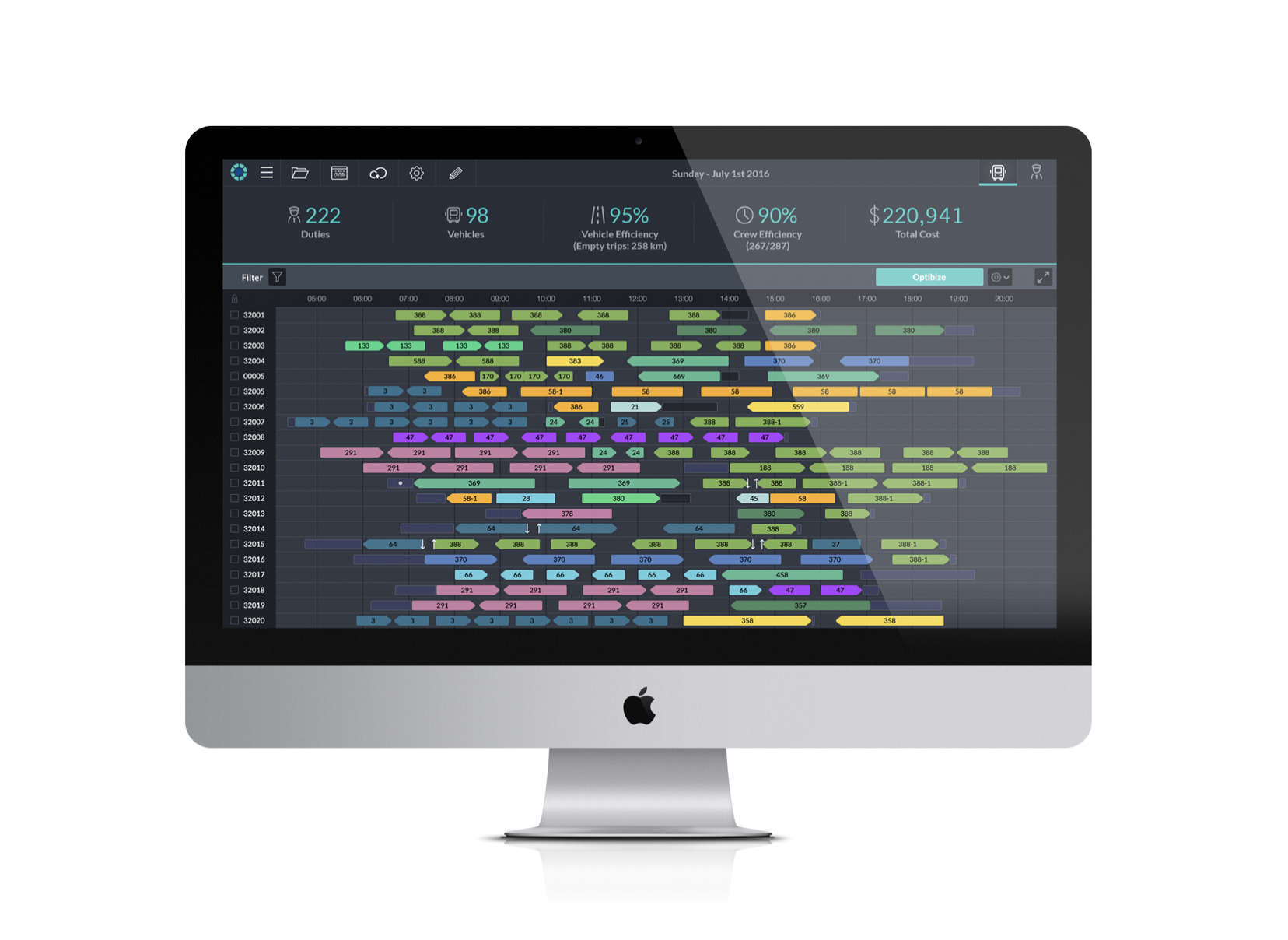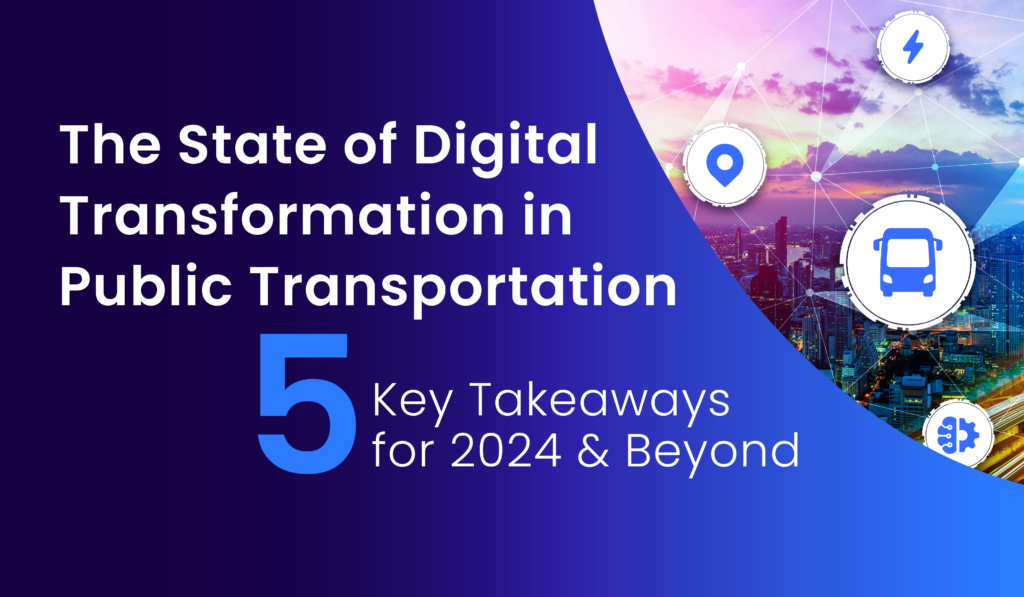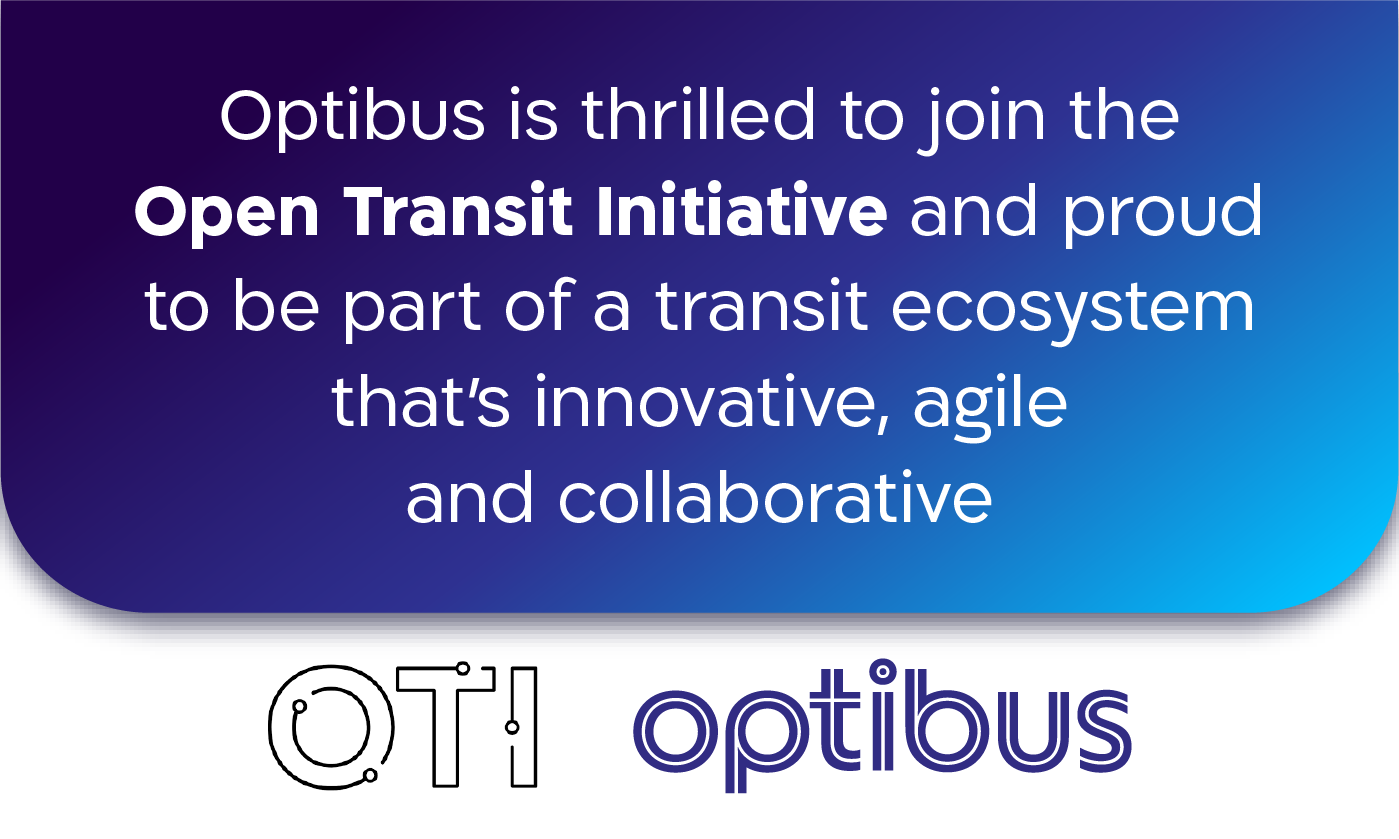Last month, I found myself waiting at a bus stop in St Kilda, together with a few more people. Following a 30-min delay, the bus finally arrived, but being overcrowded, the driver did not allow us to board. I had no choice but to wait for the next bus, which ultimately set us back an additional ten minutes. Later in the evening, the Ed Sheeran concert taking place at the MCG caused a surge in unexpected demand that overwhelmed the local transport system. As a result, many of the buses that typically served our area had been redirected to Richmond causing widespread disruptions and delays.
Whether planned or unplanned, because of COVID-19 or a special event, we all experience frustrations with network disruption and poor connections, meaning that we as customers don't get the right information about services at the right time or in the right place.
But why is this happening?
Smoothly managing network disruptions requires transportation agencies to communicate quickly with bus operators and plan new routes. At the same time, operators need to adjust to new schedules and diverted routes quickly and cost-efficiently. Unfortunately, many transportation operators today still struggle to manage such disruptions effectively, leaving their customers with a negative experience like long waiting times, bus cancellations, and more.
This is mainly because agencies and operators rely on outdated manual methods, such as spreadsheets, for example, to manage disruptive events. These methods are unable to support the quick, smart, and data-driven decision-making required to tackle such events and make transport services more efficient, reliable, and accessible.
Transport Network Disruption Risks
From a customer standpoint, disruption is extremely frustrating. For an agency, this poses the risk of disenfranchising an already fragile customer base that has become accustomed to not taking public transportation in the first place, either because they work from home or have access to more convenient modes of transport like private cars or trains.
For an operator, disruptions are also a real challenge as their ability to effectively mitigate disruptive events is hampered by ineffective (or absent) workflows, systems, and data assets needed to enact out-of-the-ordinary service changes.
So, how can we turn this frustration into a more positive outcome and present a way to iteratively test new service models, engage with customers, and manage out-of-the-ordinary events?
Managing Disruption through Digital Transformation
Imagine having an operational management system that can quickly react to real-time changes, and adjust routes and bus allocation according to surges in demand or unexpected disruptions. Such a system would not only allow agencies and operators to manage such events in a more cost-effective and efficient manner, but it would also enable customers to experience a legible and convenient network.
Fortunately, in our modern world, technology is revolutionizing the transport industry, enabling agencies and operators to work together to manage major event disruptions and communicate with passengers effectively.
Enhancing Agency Response with Route Planning Optimization
As I mentioned earlier, when a disruptive event occurs, the agency should be able to react and communicate with the local operators to provide updated plans, route diversions, and better bus allocations, as well as generating accurate customer information. These actions should happen fast and without disrupting the rest of operations.
By leveraging the right software, agencies can improve their planning processes and optimize their entire network with speed and accuracy, resulting in more accessible routes. They can remove and add stops and time points to the map and create timetables that adjust in real-time.
Also, a software platform can show ridership data directly on the map, helping planners create route modifications and understand how different communities will be impacted by the changes.
Optimize Bus Operators' Efficiency with Technological Tools
Managing agencies’ requests and adjusting to changes in demand and capacity, while minimizing costs is crucial for bus operators, but it can also be challenging without the right tools in hand. Operators need to have visibility into ridership data levels, vehicle and crew capacity, and costs. However, using outdated and manual methods, this data is not often available.
Today, the right technological tools can provide operators with the information they need to make data-driven decisions. With access to data points, operators can easily create schedules and optimize their timetables to increase efficiency and minimize costs while still meeting ridership and service level needs. Also, operators can easily predict and improve their on-time performance (OTP) and generate new trip times based on their OTP goals.
Strategic Collaboration of Agencies and Operators
Effective disruption management requires the right tools to facilitate collaboration between the agency and the operator. Both parties must work together to develop new service models and improve engagement with customers by providing real-time and up-to-date service information. The use of contemporary software can help to facilitate this collaboration and improve the overall customer experience
Future Outlook
Looking ahead, effective disruption management will become even more important as infrastructure-related disruptions roll on and we prepare for major sporting events in Australia. The fact that the scale of disruption leads to states requesting support from other states for vehicle supply makes the need for effective tools even more pressing, as an event in one state causes a ripple effect in other states.
To meet these challenges, agencies, and operators must continue to collaborate and leverage technology to improve their disruption management, eliminate frustration, and improve the overall customer experience by providing a more legible and convenient public transport service. We should be using these disruptions to experiment and iterate through new service patterns that are data-informed and designed from the customer standpoint, turning these events into a positive feedback loop rather than a negative experience.
.png?width=100&height=100&name=RussYell%20(1).png)






